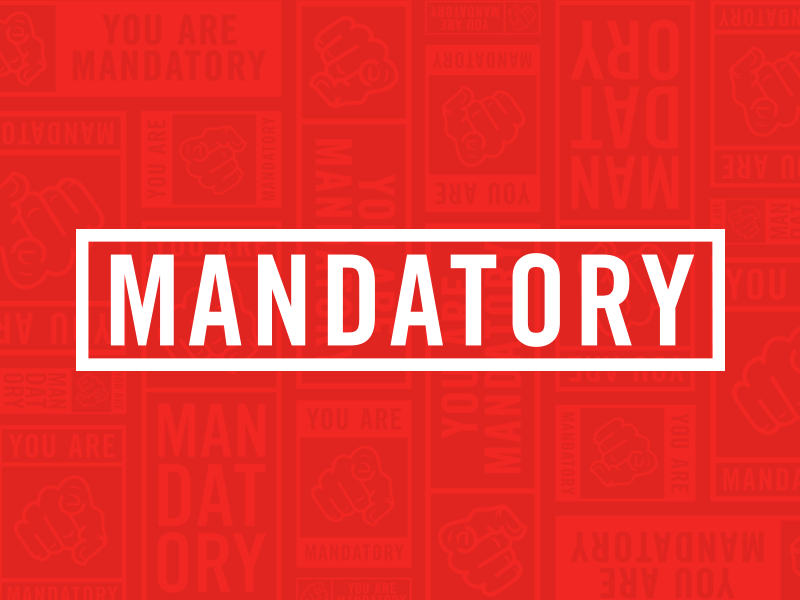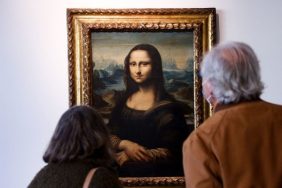
From the book Spirit of Place.
For his photo-book Spirit of Place, French photographer Aurélien Villette traveled the world finding and shooting buildings that have fallen to ruin. The places he chose were dedicated to every aspect of human life – religion, commerce, art, or just community gatherings. Like humans, even the most magnificent structures have a death-day, and Villette’s photos are not only post-mortem, but in many cases post memory. A lot of the buildings are long forgotten, even in the places where their bones still stand.
Also: What Makes A White Woman A White Woman?
We, collectively, have a deep fascination with abandoned, decaying structures. It’s somehow connected to our fears and fetishes around the forever looming apocalypse and whatever post-apocalyptic life might be. There’s something morbid, maudlin, skittish and sentimental (which is not inherently bad) around the collective attraction to structures that are crumbling and, in some cases, being reclaimed by nature. We shiver at what the ruins signify: the collapse of dreams, the tenuousness of life, the fact that everything in existence, no matter how formidable or impressive, comes to an end. These are age-old fears and concerns brought into a distinctly post-modern discourse and marketplace.
But with Viellette, there’s also a paradoxical glamour in play in many of his images. The grandeur that asserts itself in the face of a current bleak reality is like an aged starlet whose beauty peeks through the wrinkles and ailments, reminding you how powerful it once was. Something of longing is tapped in the viewer.

It’s interesting to ponder Villete’s work in contrast to and in conversation with the thriving “ruin porn” market within and about Detroit, much of it (the framing and selling of it) being the handiwork of outsiders. Many of the city’s residents are resentful, and rightfully so, of the taut narrative of tragedy that is enforced against their real lives – the fact that many of them are actually politically active to try to save the city; that the city was allowed to fall into decades-long slow ruin by political and corporate interests that are now shaping the place into a hot gentrification spot. It’s a fine line between shining a light on something and exploiting it.
Villette’s work isn’t exploitive. There’s something elegiac and respectful in the way he captures his subject matter. It’s an artist’s eye at work, and a prayerful effect is the result.










